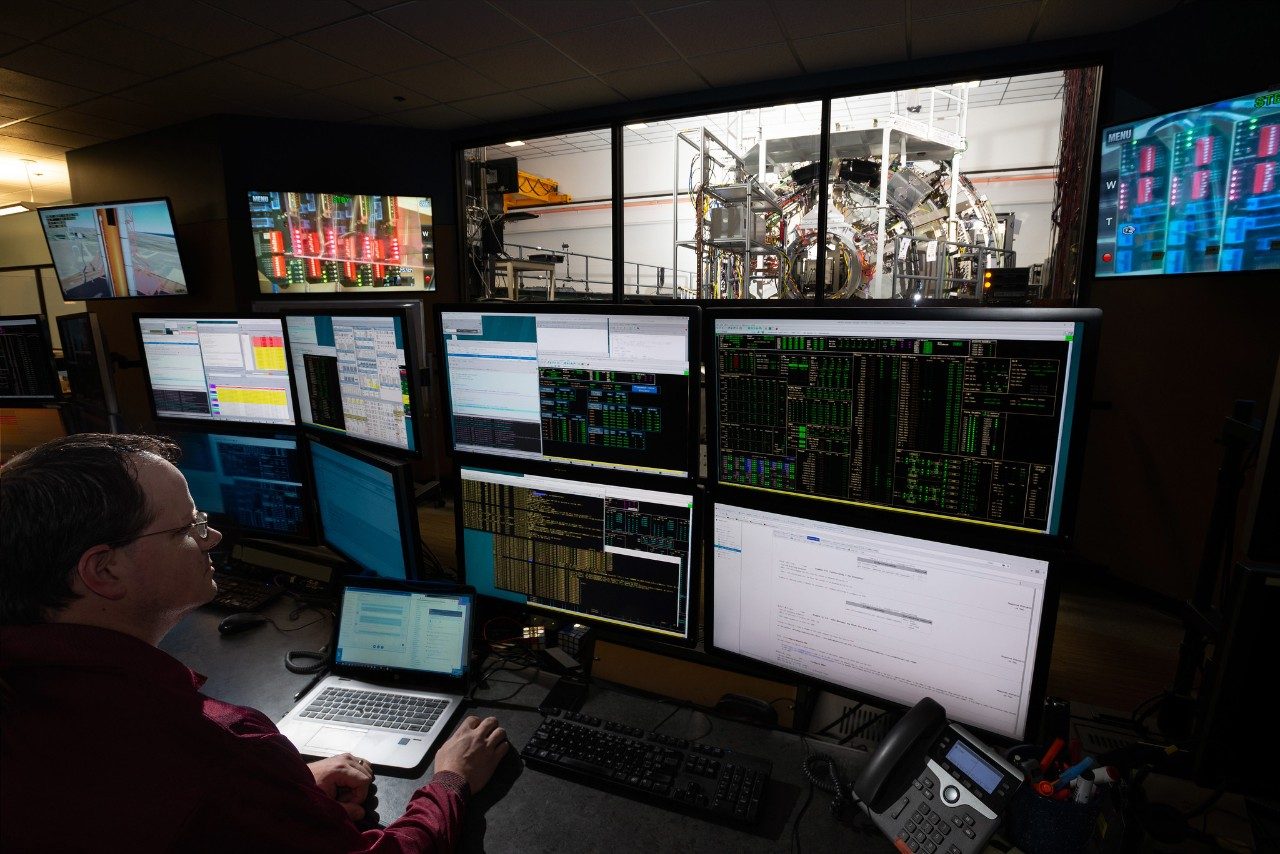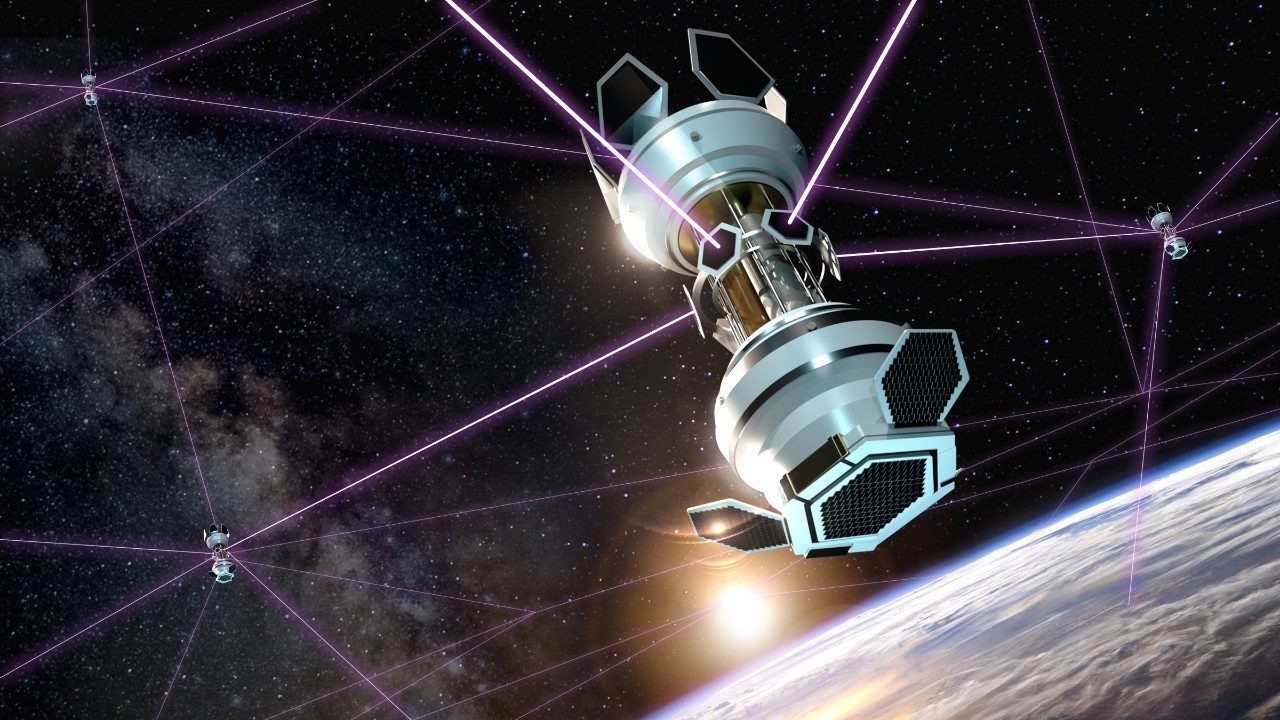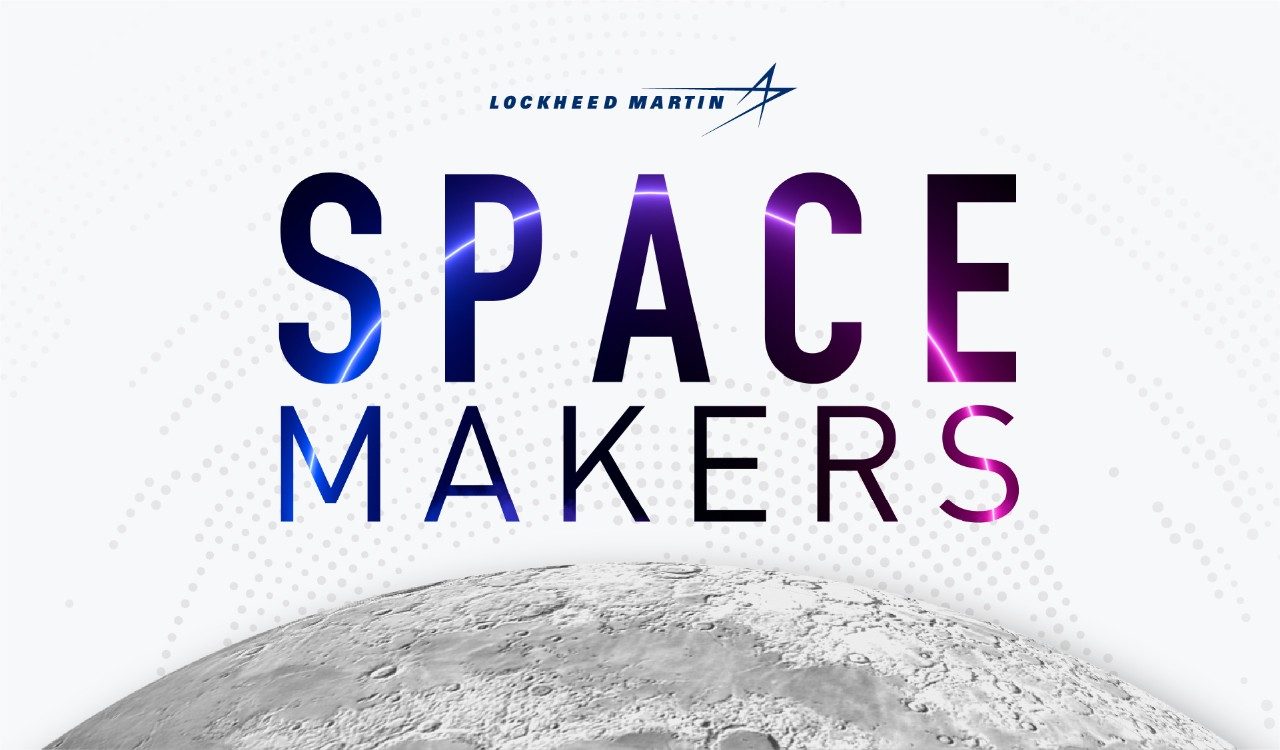Lockheed Martin Space Vice President of Advanced Programs Development Joe Landon says that, soon, space will no longer be just a “destination.” It will be home to the new space economy.
Driven by the search for life-sustaining resources such as water and building materials, space will become a place to do business, says Landon. “All of the industries we have here on Earth – banking, advertising, entertainment – will be in space.”
From “untethering” humans from Earth, to developing faster ways to maneuver, to finding methods to store life-sustaining consumables and fuel, Lockheed Martin is using its expertise to lead humanity beyond space exploration, to space development - and the establishment of a powerful space economy.
Here's a peek at what the future may look like:
Unlinking from Earth
The space economy will be built on technology that can “untether” humans from Earth.
“Taking everything you need from Earth to space takes a lot of energy – and money - which limits mobility and choices,” says Landon. “You can’t explore very far. You can’t do much. Even just refueling our spaceships in space revolutionizes the economics of space exploration, because you don’t need that costly link back to Earth.”
From cryogenic fluid management to all-electric lunar rovers, Lockheed Martin is creating technology to support a space-based infrastructure on the Moon, including eventually, communications and human habitats that will “unlink us” from Earth.

And with intelligence systems such as digital twin technology enabled by machine learning and AI, we will have the capability to process robust amounts of data in space. Lockheed Martin is already integrating digital twin technology across the entire portfolio - supporting new ways for spacecraft to autonomously monitor their status, independent of Earth-based support.
“Right now,” says Landon, “…you send all that data back to Earth. And you sort it out on the ground and then you send back what you think is going to happen. Orion will monitor its telemetry and data independently of ground support, to predict and respond to problems better and faster.”
Nuclear Thermal Propulsion
Getting around in space – is going to become faster and more efficient.
Lockheed Martin is partnering with the Defense Advanced Research Projects Agency (DARPA) to develop nuclear thermal propulsion, which Landon says, “…is a game-changer for propulsion in space. It enables us to get to the Moon and Mars faster and maneuver in space in new, more efficient ways.”
Combining the efficiency of electric propulsion with the thrust of chemical propulsion, he adds, is “a best-of-both-worlds technology.”
Cryogenic Fluid Management
The space economy will depend on access to two fundamental needs: life-sustaining water and fuel derived from the hydrogen and oxygen found in water.
“Once we find water in space,” says Landon, “we need to be able to harvest it, store it and transfer it.”
Lockheed Martin is collaborating with NASA to develop foundational technology that supports long-term, large-scale cryogenic storage and transfer in space. That's a critical building block for the space economy, enabling spacecraft to refuel in space. After all, says Landon, “You can't have a gas station in space unless you can keep the gas in a tank.” Eventually, he adds, “I could see Lockheed Martin having a whole commercial arm of gas stations in space.”
Lunar Rover
A thriving space economy requires freedom of movement. Lockheed Martin is tackling that challenge by finding new ways to move humans and equipment around the Moon.
Working with General Motors to develop the next generation of lunar rovers, Lockheed Martin is drawing from its expertise in deep space spacecraft and human ecosystems like the human-rated spaceship Orion and General Motors’ knowledge of electric vehicles and vehicle design - to create a new, all-electric, lunar vehicle.
Increased human mobility is one more step toward opening up a new world of space-based commercial opportunities.
Space Sustainability
By designing today’s missions with long-term sustainability in mind, Lockheed Martin is helping create a clean, uncluttered Earth orbit which supports freedom of operation.
“If we don't think about how we remove spacecraft from Earth orbit when their mission is over, eventually we'll have too many. There'll be a lot of risk of running into debris and old satellites in space,” says Landon.
That blueprint for space sustainability begins on Earth.
“The space sustainability rating is modeled on the Leadership in Energy and Environmental Design (LEED) sustainable building rating. Builders build sustainable buildings and get that rating, which makes them more attractive to customers. It’s the same idea for space. We want to help establish and follow a set of rules and standards for the spacecraft in orbit and maintaining that space environment.”
Accessible infrastructure. Fuel availability. Advanced human mobility. Spacecraft which can fly farther, faster, untethered from Earth. It’s a vision of the future led by Lockheed Martin as we, step-by-innovative-step, establish space as a place to do business. Now that’s what you call a giant leap.
To hear more from Joe Landon about the future of space and the space economy, follow him on Twitter.
For much more about how Lockheed Martin is developing a bold new future in space, tune in to Lockheed Martin's "Space Makers" podcast, which debuts September 1, and will be available everywhere you listen to podcasts.
Continue Exploring Space...
Mastering the Connected Battlespace
Keeping the individual warfighter at the center of digital technology development
Get an inside look into some of the most challenging and innovative missions
See how we're bringing transformative digital technologies to the business of space







